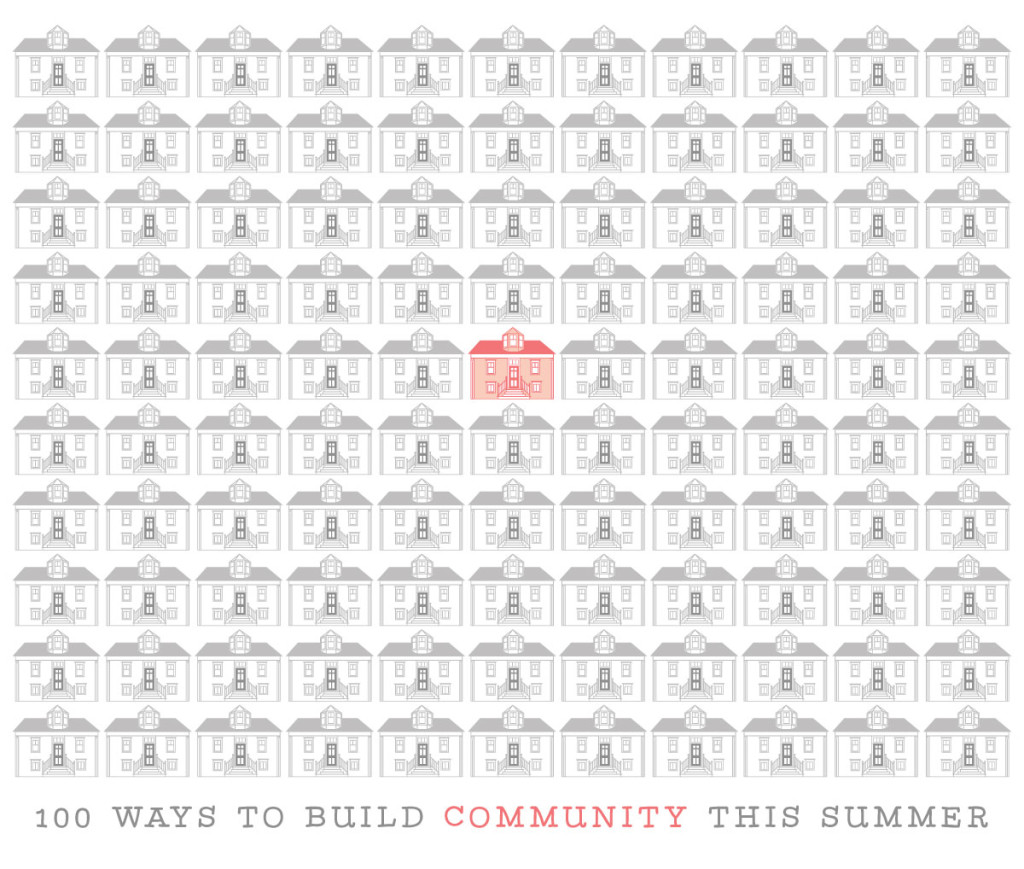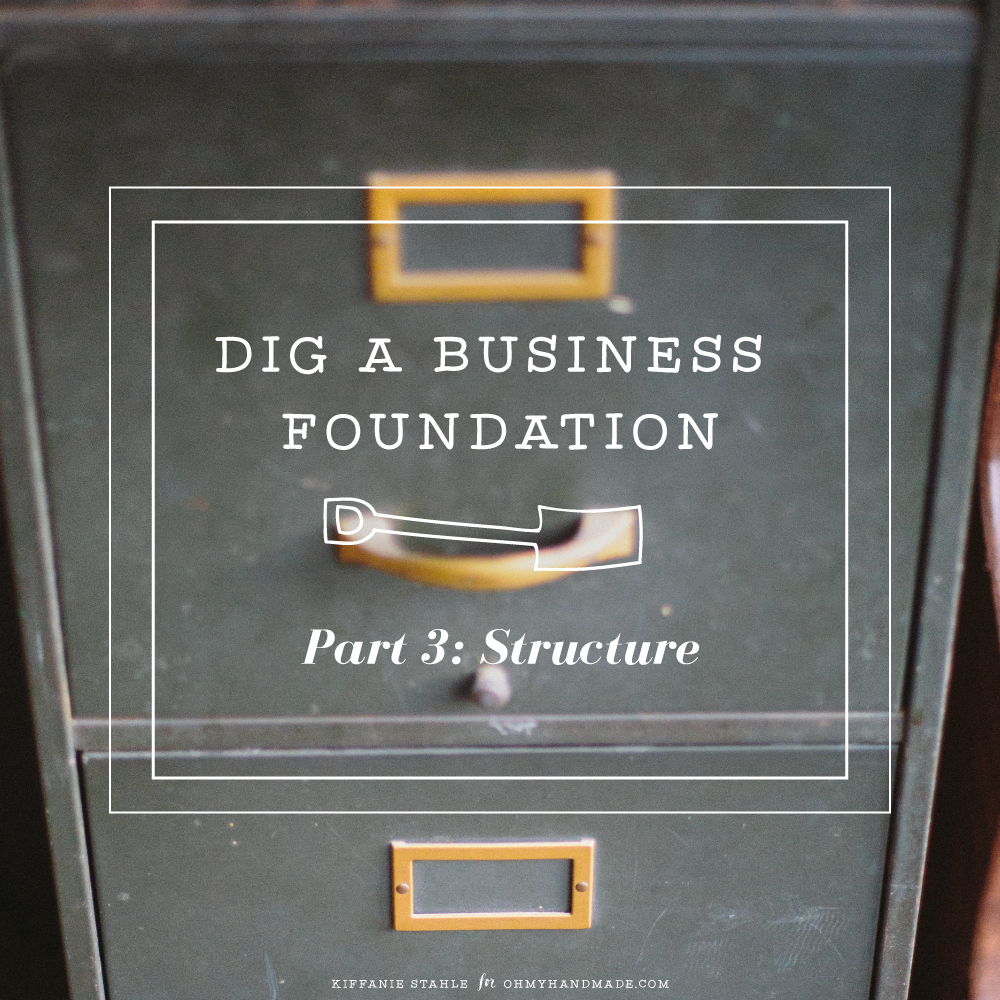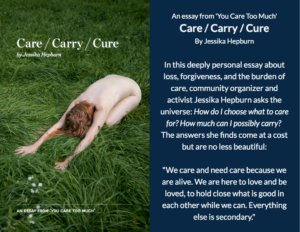It’s become such a cliched phrase-something we say and recognize to be true but don’t often act on: “It takes a village to raise a child.” What does that even mean? I am asked all the time - “How can I possibly do it all?” The hard truth is you can’t. You can’t be everything to everyone all the time. You can’t be the only one responsible for raising your children, running … [Read more...] about 70 Ways to Build Community
Resources
100 Ways to Build Community this Summer
“Community” has become a popular word in marketing-speak and is used to describe everything from support groups to mentoring sessions making it harder and harder to spot real connection (you can read my full unfiltered thoughts about this here in 'Community is Not Clubs'). Speaking to the global maker community through OMHG has been incredible but the more saturated with … [Read more...] about 100 Ways to Build Community this Summer
{Part 4} Dig A Business Foundation: Intellectual Property
Also in this series: {Part 1: Website} | {Part 2: Contracts} | {Part 3: Structure} First off, I’m super proud of you for tackling each of the areas so far. We are going to wrap up with how you bring home the bacon: your business’ intellectual property. For the vast majority of creative businesses, your intellectual property is your most valuable business asset. It’s how … [Read more...] about {Part 4} Dig A Business Foundation: Intellectual Property
{Part 3} Dig A Business Foundation: Structure
Also in this series: {Part 1: Website} | {Part 2: Contracts} You are halfway through shoring up four critical aspects of your business foundation. Next we are going to focus on making sure your business structure is solid. This group of tasks is my least favorite; they have very little creativity and involve lots of red tape! But I do them because keeping my business … [Read more...] about {Part 3} Dig A Business Foundation: Structure
{Part 2} Dig A Business Foundation: Contracts
Also in this series: {Part 1} I’ll admit it; I’m a total contract nerd. I’m the one that goes off in the corner and reads through every last word when I’m buying a new phone and they hand me a contract to sign. So, I’m sad that contracts often get a bad rap. Since contracts really just define the boundaries of your relationship with the other party. They are there to say … [Read more...] about {Part 2} Dig A Business Foundation: Contracts






